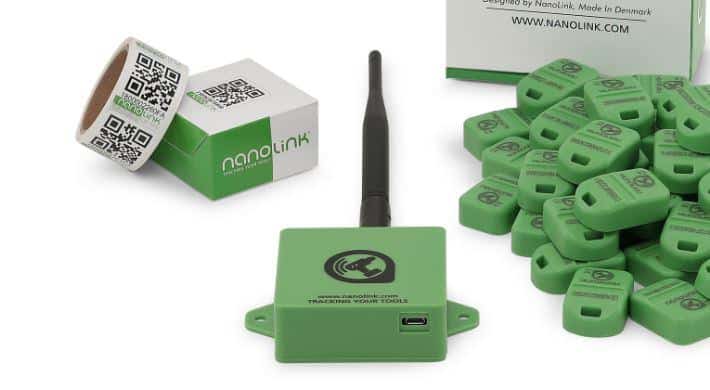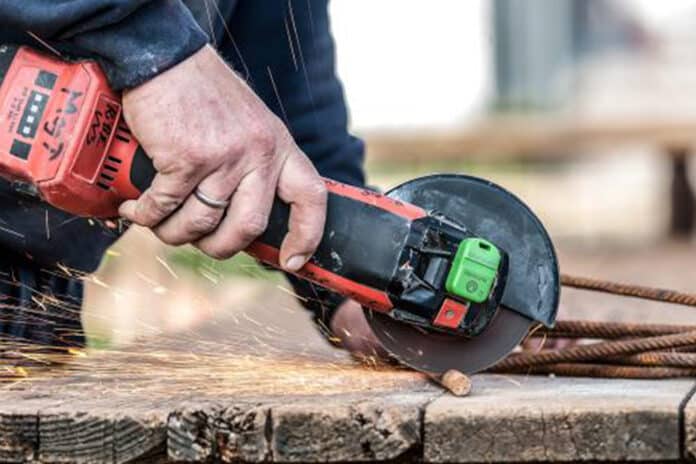Without some sort of asset management system in place, a company leaves itself wide open to unplanned downtime, equipment malfunctions, safety and environmental breaches, failure to meet compliance regulations and misplaced or lost inventory.
Most of these issues can be resolved with a reasonably robust manually recorded asset management register – even a standard Excel spreadsheet can go some way to helping companies keep some sort of control over their equipment.
The one area of asset management where a register falls short – in fact where most asset management systems fail – is in locating equipment. It’s all well and good to keep a full record of your assets, but if you don’t know where they are in the first place, your records become pointless.
Asset tracking systems have previously been considered a cost-inhibitive luxury; something which would be ‘nice to have’ but by no means essential.
Now, using the most up to date Bluetooth technology, and employees own mobile phones, even the smallest contractors can have the most advanced asset register and tracking system, for less than the price of a cup of coffee a day.
Simon Fisher, General Manager of Nanolink Group Ltd, has written an article below.
“The fact which often gets overlooked, is that failure to locate your equipment ultimately leads to an increase in unplanned downtime, which can in turn lead to equipment deterioration, subsequent safety breaches and ultimately failure in your compliance.
Over the past five years, simple adaptations of readily available technology have meant that asset tracking systems are no longer cumbersome and bulky. They have become effective and affordable, and actually begin to save companies time and money, within months of their initial outlay costs.
Enter asset tracking technology; using a system of robust, sealed Bluetooth transmitters, one attached to each piece of equipment – and with some strategically placed readers around the factory – the task of finding something, became a case of simply locating it via their database, either via a PC, tablet or smartphone. It now takes seconds.
They now have a system which not only advises you when a specific piece of equipment is due to be serviced or calibrated, but one which actually directs you to its location.
This scenario is all well and good with companies which have an issue with locating their assets internally, across production areas – what about those which operate across a wide geographical area, even different cities, regions and countries?
Modern technology enables such companies to work in the same way.
Take a company working within the Rail sector with employees and engineers working across areas covering hundreds of square miles.
With engineers out on the rail at any single time, undertaking both installation and preventative and reactive maintenance on hundreds miles of track, it was impossible to know which engineer had which pieces of kit with them. Short of buying 20 of the same pieces of equipment, it was impossible to keep track of who had what, and where they were.
Now, using the same Bluetooth tags, not only can they monitor where the equipment is, and who is using it – but if it is left somewhere in error, they have its last known position.
Without the need for the static readers installed in a production area – it is now the engineer’s smartphones which assume registering role; reporting where all assets are, in ‘real time’.
As a result, there is no longer the need to have 20 of everything, each engineer knows they can get immediate access to any single piece of equipment they need.
Add to this the fact they also have access to any service history, health and safety and operating manuals for each piece of equipment – all through their smartphones or tablets – it makes their operations both safer and more efficient.
These scenarios are replicated thousands of times across the UK; there is not a single company which would not improve their day to day operations by adding a ‘track and trace’ element to their asset management systems.
Given the low cost of transmitters, the system can be installed on equipment from the smallest piece of testing kit, up to bigger SIM-fitted trackers, for digging and excavating equipment.
Nanolink is constantly developing the systems – companies can see ‘hot spot’ maps, where their assets are most used, they can ‘ringfence’ assets, they can transfer information into Excel at the push of a button, and have weekly status reports emailed, indicating which of their assets need servicing or attention.
All commercially available systems should work equally well for companies irrespective of size, and should also be cost-effective, as they work on the basis of the number of users who need access to the information at any time.
We are in a time when all businesses are looking to make themselves safer and more efficient; an asset management system – with tracking capabilities – is one of the easiest ways to initiate these efficiencies.”
Visit https://www.nanolink.com/ for more details.

Photo credit: Nanolink Group Ltd







































 0113 2082620
0113 2082620 info@railbusinessdaily.com
info@railbusinessdaily.com 15 Mariner Court, Wakefield WF4 3FL
15 Mariner Court, Wakefield WF4 3FL

